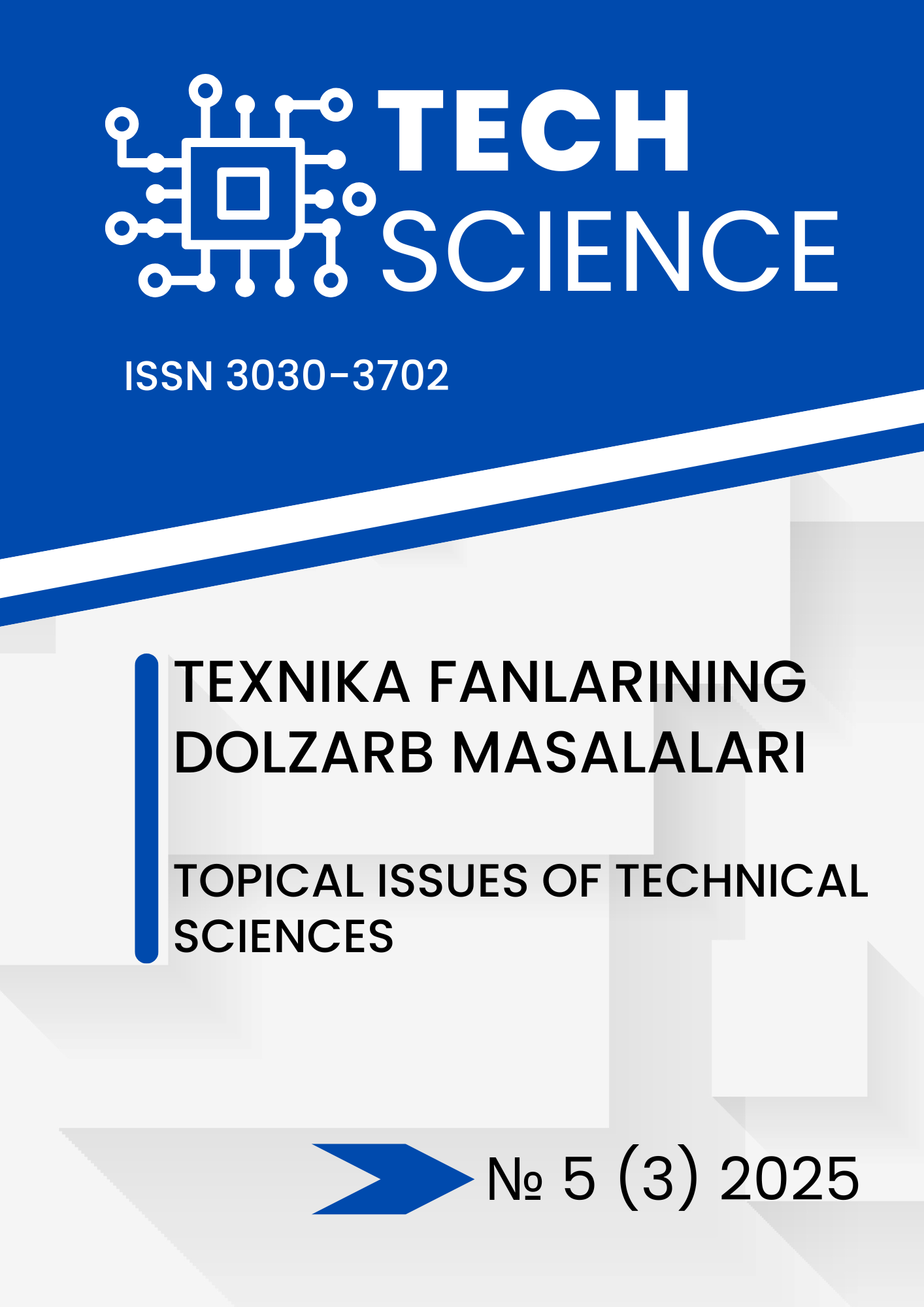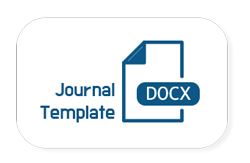FORECASTING UZBEKISTAN’S GDP BY AUTOREGRESSIVE INTEGRATED MOVING AVERAGE (ARIMA) MODEL
DOI:
https://doi.org/10.47390/ts-v3i5y2025N5Ключевые слова:
GDP forecasting, ARIMA model, Uzbekistan economy, economic policy, time series analysis, economic planning.Аннотация
This paper is about the ARIMA (Auto-Regressive Integrated Moving Average) model to forecast Uzbekistan’s GDP for the period 2025–2030, with country’s economic trajectory . GDP is a critical measure of economic activity, reflecting the monetary value of all goods and services produced within a nation. The analysis emphasizes the importance of forecasting GDP for effective policymaking, resource allocation, and investment planning. Results indicate a general upward trend in Uzbekistan’s GDP, with occasional fluctuations. The ARIMA model demonstrates robust predictive capabilities, aligning with historical patterns and current economic reforms. Despite its reliability, the study highlights potential improvements through hybrid approaches incorporating external factors
Библиографические ссылки
1. Hanke, J. E., & Wichern, D. W. (2009). Business forecasting 9th ed. New Jersey.
2. Diebold, F. X. (1998). The past, present, and future of macroeconomic forecasting. Journal of Economic Perspectives, 12(2), 175-192.
3. Uddin, K., & Tanzim, N. (2021). Forecasting GDP of Bangladesh using ARIMA model. International Journal of Business and Management, 16(6), 56-65.
4. Abonazel, M. R., & Abd-Elftah, A. I. (2019). Forecasting Egyptian GDP using ARIMA models. Reports on Economics and Finance, 5(1), 35-47.
5. Musundi, S. W., M’mukiira, P. M., & Mungai, F. (2016). Modeling and forecasting Kenyan GDP using autoregressive integrated moving average (ARIMA) models.
6. Atanu, E. Y., Ette, H. E., Nwuju, K., & Nwaoha, W. C. (2020). ARIMA Model for gross domestic product (GDP): evidence from Nigeria. Archives of Current Research International, 20(7), 49-61.
7. Azibaev, A. (2024). FORECASTING GDP GROWTH AND GDP PER CAPITA IN UZBEKISTAN BY THE ORDINARY LEAST SQUARES (OLS) REGRESSION ANALYSIS. Scientific and Technical Journal of Namangan Institute of Engineering and Technology, 9(2), 284-290.
8. Otto, M., & Thornton, J. (2023). Forecasting gross domestic product (gdp) and gdp growth: an exploration of improved prediction using machine learning algorithms. Qo‘qon universiteti xabarnomasi, 9-14.
9. Ugli, A. A. G. (2024). Analytical and numerical expressions of the golden rule of capital accumulation. Илм-фан ва инновацион ривожланиш/Наука и инновационное развитие, 7(4), 15-26.
10. Akhmadkhon, A. (2025). THE ROLE OF GRADIENT BOOSTING MACHINES IN MODERN ECONOMIC ANALYSIS. Universum: технические науки, 6(1 (130)), 11-14.
11. Pandey, M. C., & Rawat, P. S. (2024). Virtual Machine Provisioning Within Data Center Host Machines Using Ensemble Model in Cloud Computing Environment. SN Computer Science, 5(6), 690.
12. www.coursehero.com
13. www.researchgate.net
14. www.askyourdata.co
15. www.machinelearningplus.com
16. www.coursehero.com








